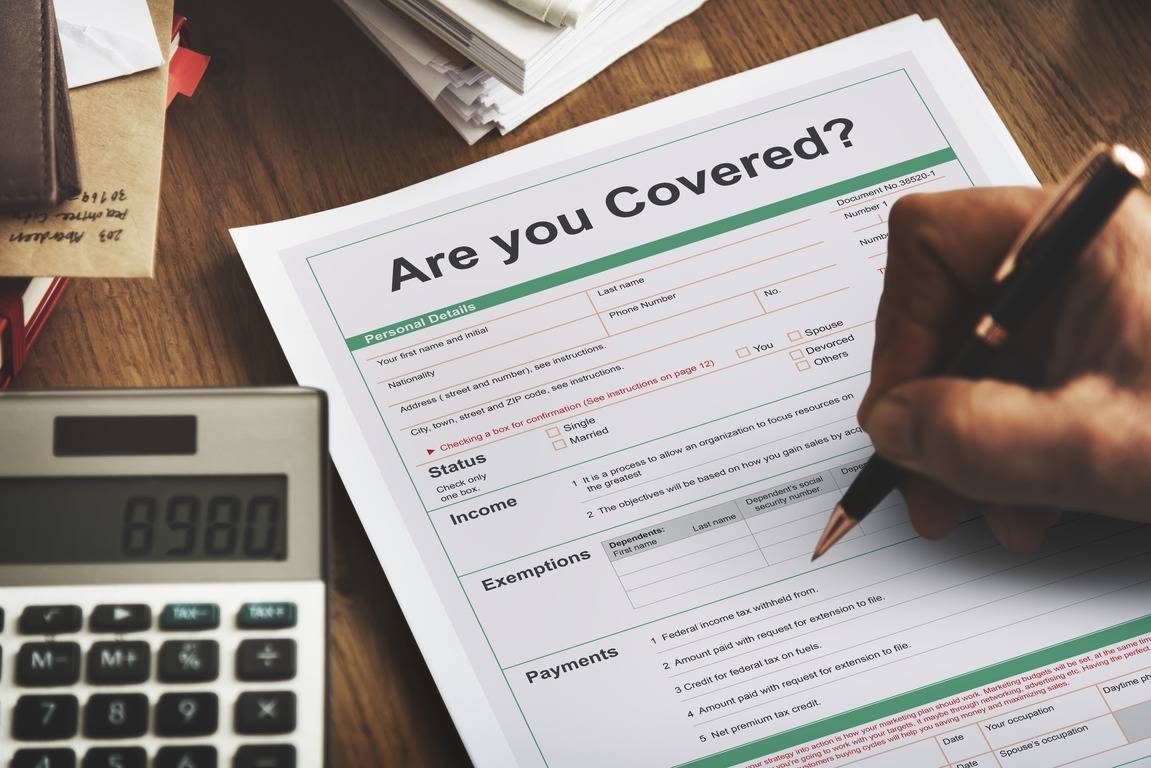In 2021, the TCS New York City Marathon Official Charity Partner Program raised $47.8 million. The collected money went to various charities, including youth ones. And it’s just one example of the thousands of ways running is changing the world for the better.
If you want to hold such an event and wonder how to organize a race for charity, our guide will come in handy. You’ll learn about how charity races are organized and how to promote your event. So, take your marks, and let’s go!
How Do Charity Runs Work?
The main goal of charity running events is to collect money to solve problems. With good organization, fundraising events can raise a significant amount. For example, in 2016, the top 15 running and walking charities raised over $1 billion at 8,600 events.
Events can be organized by a foundation or an individual. Organizers can raise money for general purposes, such as helping and honoring people with cancer, as the American Cancer Society does, or for individual causes like a treatment or surgery.
How Do I Start a Charity Event?
Think of a fundraising run as a project. Without drawing up a detailed plan to implement it and breaking down large tasks into small ones, you risk getting lost in the flow of your ideas.
If you’re asking yourself, “How do I set up a nonprofit fundraising plan for a run?” our guide on planning a charity event has the answers. Below you’ll find information about all possible aspects of organizing a race that will impress runners and raise money for a good cause.
Identify Your Goals
The main goal of the race should be clear and understandable not only to you but also to the runners and sponsors. For example, raise $XXXX to renovate the school library at Greenwich Village School.
You can also shape it using a SMART approach. It stands for specific, measurable, achievable, relevant, and time-bound.
With this approach, the goal would be to raise $XXXX through registration fees before the race and donations on race day to renovate the school library at Greenwich Village School.
You can expand this goal even more: attract XXXX runners to raise $XXXX through registration fees before the race and donations on race day to renovate the school library at Greenwich Village School.
Setting goals for a charity run helps with planning and organization. If the goal is abstract, unrealistic, or unclear, it’s impossible to know how to act to achieve it and how to track progress.
Logistics
How do you prepare for a charity event? You choose a place and time.
The race route is one of the most important things to consider. The choice here largely depends on the target audience. If your goal is to attract experienced runners, you might want to consider a marathon distance or even hill running.
A one-size-fits-all option would be to choose a 5K, 10K, or a half marathon. Such distances are still interesting for experienced runners but not too difficult for beginners. You can also add a walking option to expand the audience even more.
When choosing the date, consider the local climate. Traditionally, spring and autumn are ideal for running because of the mild temperatures. Also, consider other events taking place on the same date so that you don’t create conflicts that could hurt attendance.
Also, think about where the awarding of the race finalists will take place. You can do it at the finish line. If you choose a loop route, the start and finish will be in the same place. Alternatively, you can organize a separate event in the evening after the run.
Search for free venues for charity events to save on expenses.
Create a Charity Run Budget
You need to analyze the charity event costs. Ask yourself, “What do I need for a fundraising event?” and list all the resources that might come in handy.
For example:
- Cones for marking the track;
- Tape for the start and finish line;
- Water and tables for water stations;
- Snacks;
- Tents;
- Stands for spectators;
- Banners;
- Insurance;
- Awards;
- Marketing;
- Walkie-talkies, etc.
Review prices and create a budget to know your expenses. For instance, the minimum cost for a charity 5K run starts at $1,500. Budgets for marathons can be significantly higher.
Consider how many workers you need and whether they will be paid or race volunteers. If paid, include these costs in the budget. However, statistics show that many Americans are willing to give their time and volunteer. For example, in 2017, 25.1% of US adults volunteered, accounting for 8.8 billion hours of work worth approximately $195.0 billion.
Get All the Necessary Permissions
The next step in the fundraising event timeline is making it legal.
When organizing any mass event, you should notify local authorities and get permission. Each administrative body may have its requirements. Therefore, you need to consult them first.
To get permission, you may need to prepare some paperwork, including:
- Description of the project with the specified goal;
- Route plan, indicating the start and finish points, ambulance location, water stations, etc.;
- Event regulations;
- Insurance data, etc.
You can also apply to the local authorities for financial assistance to cover part of the organizational costs.
Find a Charity Event Sponsors
Sponsorship will help reduce the cost of hosting the event. Local authorities, organizations, and businesses can take part in the event, providing their services for free.
For example, you may need water or snacks for runners. You can invite a local store to act as a sponsor. It’s a win-win for everyone as you’ll save money, and the store will advertise itself, increasing sales in the future.
How Do You Promote a Charity Run?
The amount of money raised depends on the number of participants. That’s why it’s essential to make potential participants aware of the upcoming event.
You can do it in several ways:
- Involve local media to cover the event on the radio, in newspapers, and through online media communities;
- Add information about the event on your social networks and encourage your sponsors to do the same;
- Add the event to various calendars and set up an event on Facebook;
- Use paid and email advertising.
The latter approach is especially profitable. Statistics show that walk/run/cycling event fundraisers that send more than 15 emails raise 76% more than those that don’t send emails.
How Will You Collect Money?
Fundraising should be convenient. Therefore, think about several options to collect money.
The first thing to do is to create a race registration form. This way, you’ll understand how many participants you’ll have and get their contact information to send event-related emails.
If you have an office, you should allocate a time when people can come and register offline. However, since we live in the Internet age, online fundraising is a must.
And don’t forget about mobile registration. It’s a new norm as mobile devices generate more than 50% of the traffic.
Donation boxes at the event and the awards ceremony can be an additional option for fundraising. However, they must be securely sealed.
You can also sell run merchandise to get more donations.
Basically, any legal fundraising ideas are welcome.
How Long Should a Fundraiser Run?
In short, it’s up to you. You can open fundraising from the moment the event is announced or when registration opens. Fundraising can continue until the end of the event or until you collect the desired amount.
However, you should always notify the public about the fundraising progress and report how the collected money was spent.
Final Thoughts
Running for a good cause motivates others and brings a feeling of making a difference. Organizing such an event, although a challenge, brings even more satisfaction to you and benefits society.
No matter what race or marathon fundraising event ideas you develop, you now have a detailed guide to implement them. However, remember, planning is everything. Therefore, think over even the smallest details.






